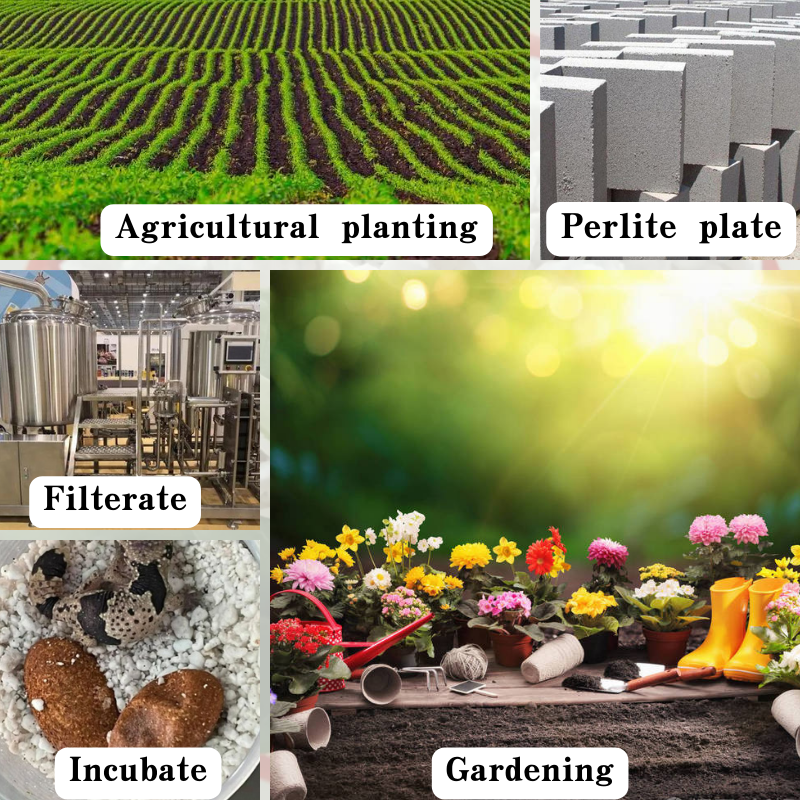
bleaching clay for edible oil
Bleaching Clay for Edible Oil An Overview
The production of edible oil is a critical aspect of food processing and manufacturing, which ensures the quality, safety, and acceptance of oils for consumers. One of the essential processes in refining edible oils is the bleaching process, aimed at removing undesirable colors, odors, and impurities. An effective and widely used material in this process is bleaching clay, also known as bleaching earth. This article explores the role of bleaching clay in the edible oil industry, its composition, types, benefits, and environmental considerations.
What is Bleaching Clay?
Bleaching clay is a natural or synthetic clay material that possesses a high level of absorbent properties. Typically composed of montmorillonite, kaolinite, or other clay minerals, bleaching clay is used to remove pigments and other impurities from oils. The clay acts by adsorbing these unwanted substances, thereby enhancing the clarity and quality of the final product. This process is crucial not only for aesthetic purposes but also for meeting stringent health and safety standards in the food sector.
Types of Bleaching Clay
There are two main types of bleaching clay used in the edible oil refining process natural and activated clays. Natural bleaching clays are derived directly from deposits found in nature and may require minimal processing. On the other hand, activated bleaching clays undergo specific treatments, such as acid activation, to enhance their adsorptive capacity. This activation increases the surface area and pore size of the clay, allowing for more effective removal of contaminants from oil.
Benefits of Using Bleaching Clay
The use of bleaching clay in the edible oil refining process offers several advantages
1. Color Removal One of the primary functions of bleaching clay is to remove colors that may alter the oil's appearance. This is particularly important for oils that must meet consumer expectations for a clear, appealing product.
bleaching clay for edible oil

2. Odor Elimination Beyond color, bleaching clay also helps to eliminate unwanted odors in oils, contributing to a more neutral and desirable taste.
3. Improved Stability Bleaching clay can help in reducing the peroxide value of oils, which correlates with the oil's freshness and shelf-life. By eliminating oxidized components, the oil becomes more stable and resistant to rancidity.
4. Cost-Effectiveness Compared to other refining agents, bleaching clay is relatively inexpensive and widely available, making it an attractive option for many oil producers.
5. Environmental Impact Many bleaching clays are derived from natural resources, and when effectively managed, their use can be more sustainable compared to synthetic alternatives.
Environmental Considerations
Despite the benefits, there are environmental considerations associated with the use of bleaching clay. The extraction and processing of natural clays can lead to habitat disruption and geological changes. Therefore, it's essential for industries to employ sustainable practices in sourcing and utilizing these materials. Additionally, spent bleaching clay, which is the used product after oil treatment, should be disposed of or recycled responsibly to prevent environmental pollution. Increasing research into the recycling of used bleaching clay into other industrial applications is key to promoting sustainability in this sector.
Conclusion
In conclusion, bleaching clay plays a significant role in the edible oil refining process, contributing to the purification and enhancement of oil quality. By effectively removing undesirable colors, odors, and impurities, bleaching clay ensures that edible oils meet consumer demands and regulatory standards. While there are environmental concerns related to its use, advancing sustainable practices and recycling initiatives can mitigate these issues. As the demand for high-quality edible oils continues to grow, the importance of bleaching clay in the food processing industry will only increase, highlighting the need for ongoing innovation and responsible management in this essential area.
Share
-
Premium Resin Coated Sand - High Heat Resistance CastingNewsJul.31,2025
-
High Quality Silicon Carbide Grit for Abrasive ApplicationsNewsJul.30,2025
-
High-Quality Ceramsite for Plants & Gardening | Lightweight PebblesNewsJul.29,2025
-
Premium Burgundy Glass Marbles for Vases & Shooter GamesNewsJul.29,2025
-
High Purity Quartz Sand for Industrial and Ground ApplicationsNewsJul.29,2025
-
High-Quality Barite Powder for Drilling & Industrial UseNewsJul.29,2025






